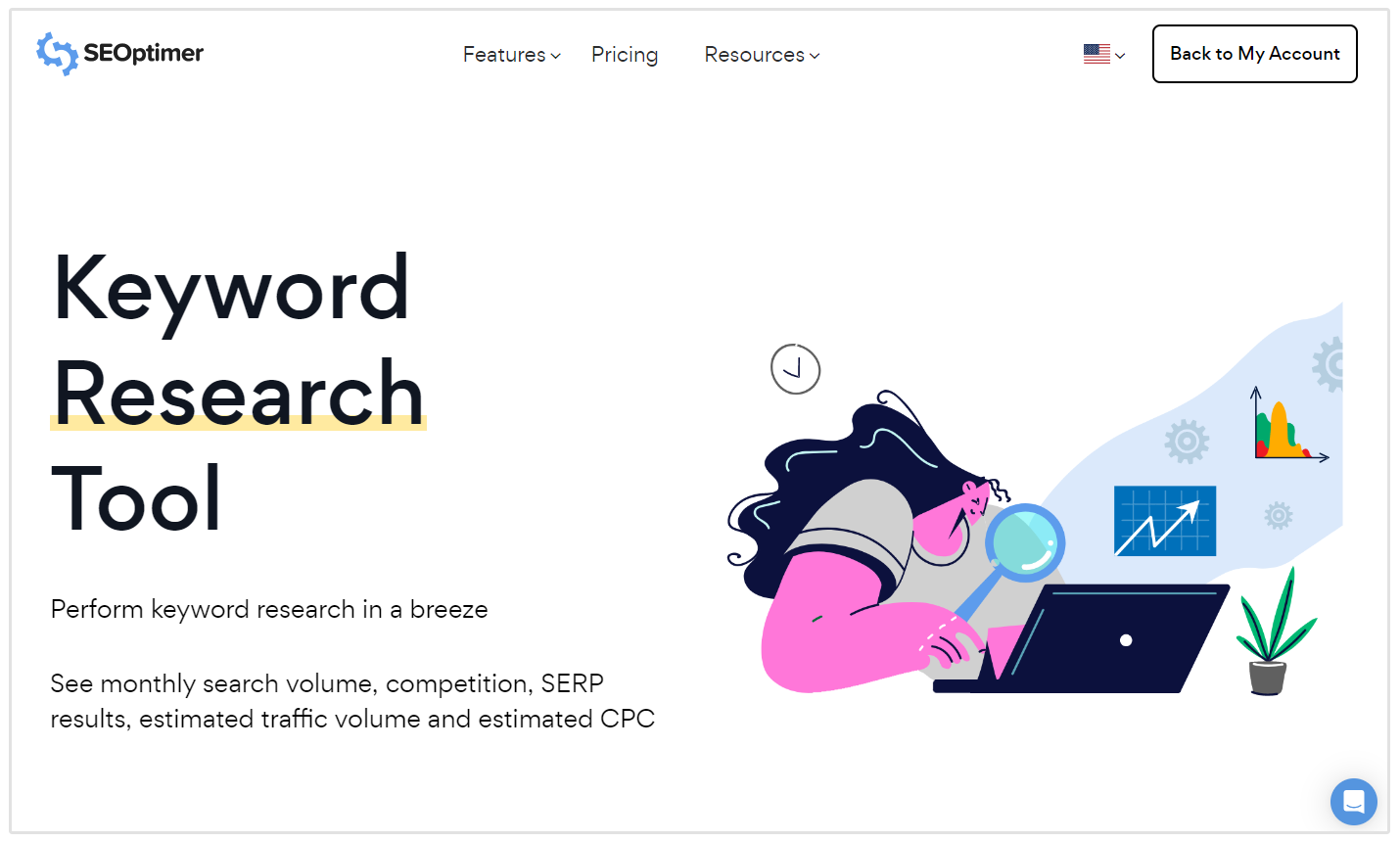Comprehending Secondary Dimensions in Google Analytics: Meaning and Tactical Combination
Introducing the Influence of Secondary Measurement in Google Analytics on Information Evaluation and Insights
In the realm of information analytics, the utilization of second dimensions within Google Analytics has arised as an essential tool for removing much deeper understandings and unraveling complicated patterns that could or else continue to be obscured. By peeling back the layers of primary data sets, second measurements use a nuanced point of view that enhances the understanding of customer actions, web site efficiency, and the effectiveness of advertising and marketing strategies. The true effect and untapped possibility of secondary measurements are frequently taken too lightly, overshadowed by the allure of primary metrics. As we navigate through the intricate landscape of information evaluation, the relevance of secondary measurements becomes increasingly evident, dropping light on crucial information that hold the key to notified decision-making and critical optimizations.
Exploring the Principle of Secondary Dimensions
Second measurements in Google Analytics offer extra understandings by allowing users to assess key data together with a secondary feature. This function allows an extra complete understanding of the main information by including an additional layer of details for evaluation. By incorporating secondary dimensions, users can dive deeper right into the data and reveal useful relationships that might otherwise go unnoticed. By pairing the main information of site traffic with secondary dimensions like demographics or habits, marketers can acquire a much more extensive view of their target market and tailor their approaches as necessary.
Comprehending the idea of secondary dimensions is crucial for taking full advantage of the potential of Google Analytics. It enables users to section data properly, recognize patterns, and make informed choices based on an extra total photo of their analytics data. By checking out the different additional dimensions available in Google Analytics, individuals can unlock brand-new understandings and optimize their electronic marketing efforts. Basically, additional measurements act as an effective device for enhancing data evaluation and driving workable results.
Enhancing Data Analysis With Additional Measurements
Having actually developed the fundamental understanding of second dimensions in Google Analytics and their pivotal role in data evaluation, the emphasis now changes towards leveraging these second credit to enhance the analysis of analytics information (what is a secondary dimension in google analytics). By including additional dimensions into information analysis, experts can gain deeper understandings into customer actions, site efficiency, and marketing effectiveness

Furthermore, second measurements assist in contextualizing primary information metrics by giving added layers of info. This contextualization help in comprehending the 'why' behind the data fads, assisting analysts make informed optimizations and choices to enhance general performance. Eventually, including second dimensions enriches the data interpretation process, bring about even more critical activities and meaningful insights.
Revealing Hidden Insights Through Second Dimensions
Checking out the depths of analytics data with second measurements discloses valuable insights that would certainly or else remain obscured. By including secondary measurements in Google Analytics, services can unearth covert patterns, patterns, and connections that offer an even more detailed understanding of user actions and website performance. These additional layers of information enable analysts to dive deeper into the key measurements, such as traffic sources or touchdown pages, and gain an extra nuanced perspective on just how various variables engage with each various other.
With making use of secondary measurements, analysts can segment and contrast data throughout numerous dimensions, enabling them to identify details elements that influence individual involvement, conversion prices, and general success metrics. As an example, by coupling the primary dimension of 'device group' with the second dimension of 'age,' online marketers can determine which age demographics choose accessing the site via smart phones versus desktop computers. This level of granularity empowers companies to make data-driven decisions and optimize their techniques for better results. Inevitably, discovering concealed insights through additional dimensions improves the depth and precision of information analysis, resulting in Resources more informed decision-making and boosted efficiency results.
Leveraging Additional Measurements for Actionable Analytics
Structure upon the insights introduced with second measurements in Google Analytics, businesses can currently harness this enriched data landscape to drive workable analytics and calculated decision-making. By leveraging secondary measurements, companies can delve deeper right into their data to remove beneficial patterns, fads, and relationships that may have formerly gone undetected. This much deeper level of evaluation allows businesses to obtain a more thorough understanding of user habits, project efficiency, and general internet site effectiveness.
One secret benefit of utilizing second measurements for actionable analytics is the capability to section data based on certain standards. This segmentation permits services to customize their campaigns and techniques to various audience groups, resulting in look at more info a lot more targeted and efficient advertising initiatives - what is a secondary dimension in google analytics. In addition, secondary dimensions supply an even more all natural sight of customer interactions, making it possible for services to maximize their internet site content, design, and overall user experience
Making Best Use Of Decision-Making With Secondary Dimensions
To enhance tactical decision-making in analytics, leveraging secondary dimensions in Google Analytics can offer a much more nuanced point of view on individual behavior and campaign performance. By incorporating secondary dimensions into data evaluation, services can dig much deeper right into the specifics of their web site site visitors' interactions and interaction patterns. This additional layer of information permits a more extensive understanding of how various variables, such as demographics, tools, or website traffic resources, effect essential efficiency indications.

Final Thought
In final thought, the use of additional dimensions in Google Analytics plays an important role in enhancing information analysis and revealing covert understandings. By exploring this principle, one can acquire a much deeper understanding of user actions and make informed decisions based on workable analytics. Leveraging secondary measurements permits a much more comprehensive interpretation of data and makes the most of the performance of decision-making procedures.
